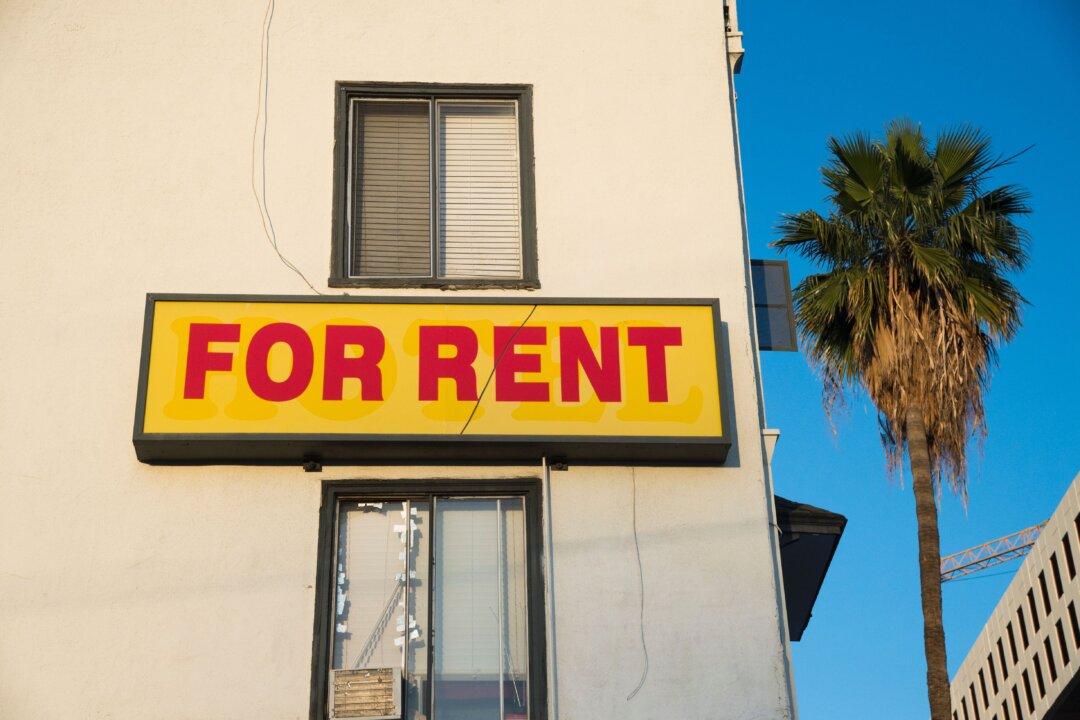Developers of low-income housing in California who received tax credits for their projects will now face a 10 percent annual cap on rent increases going forward, following approval this month of the rule by the state committee responsible for issuing the credits.
The rates for increases will be calculated either at 5 percent plus the increase in the cost of living, or 10 percent, whichever is less.





